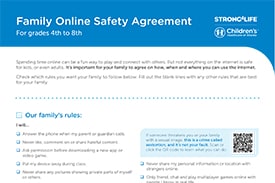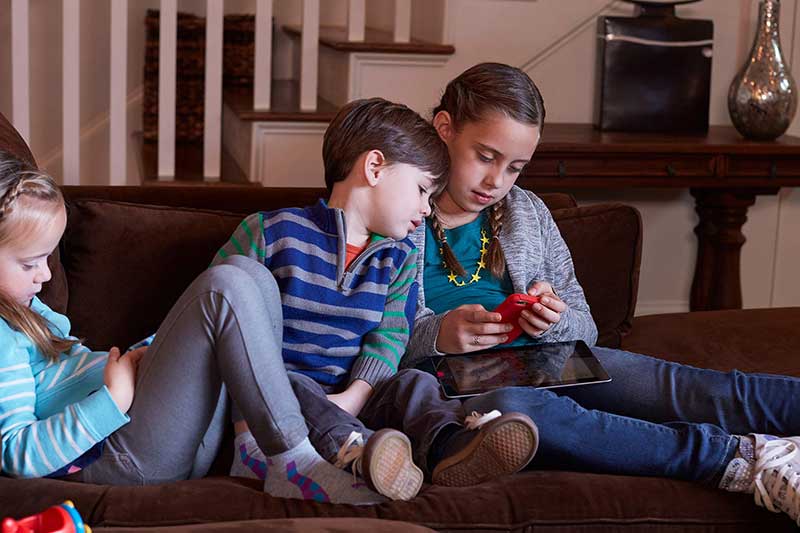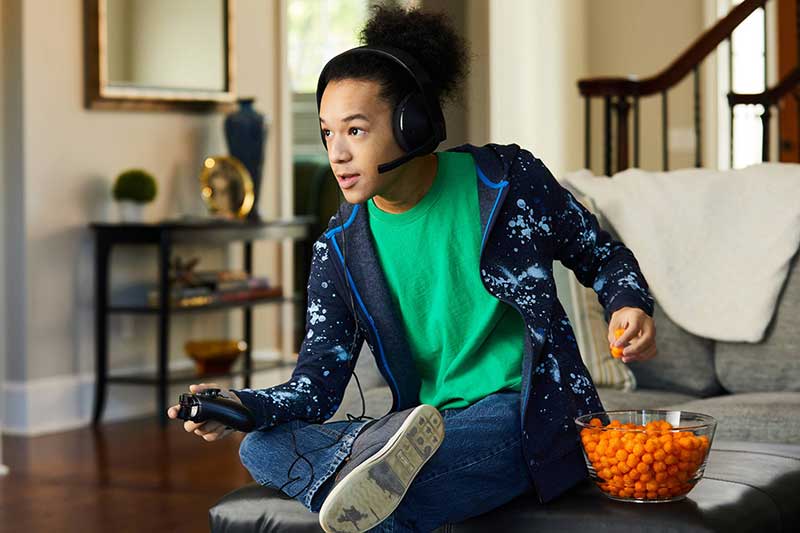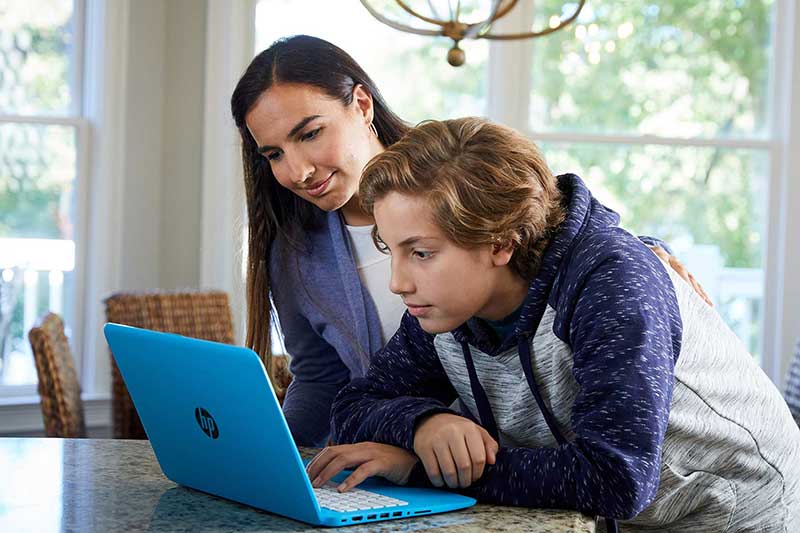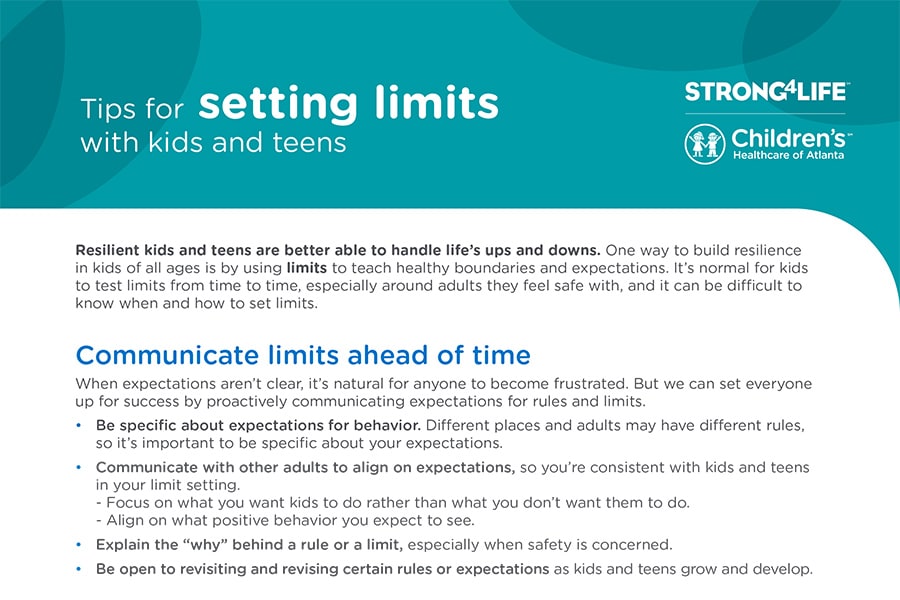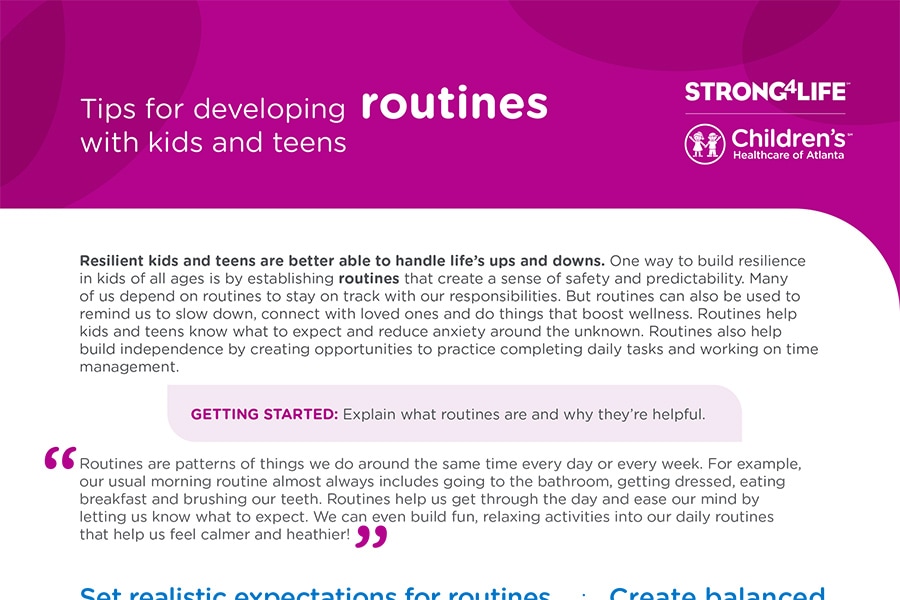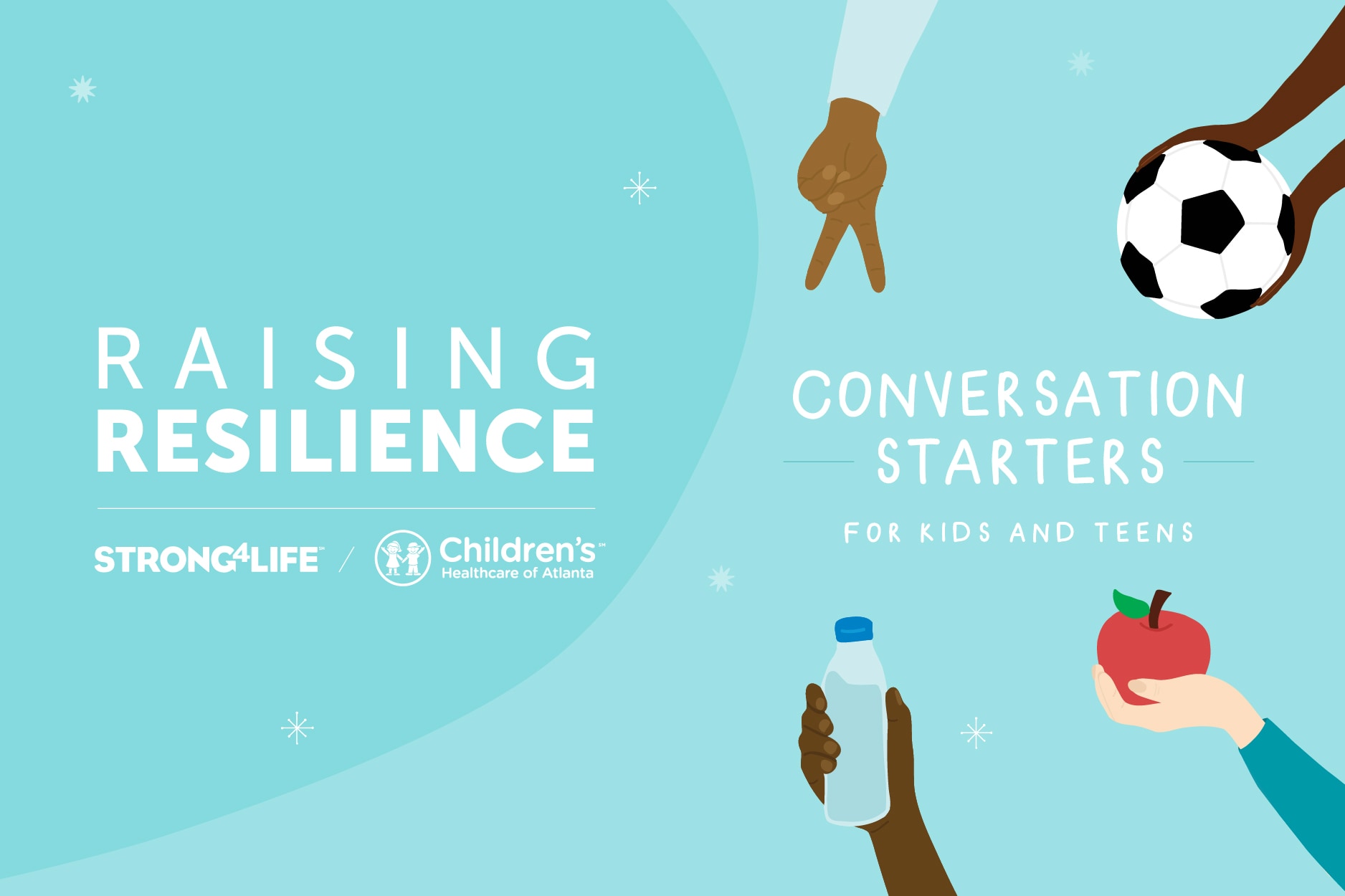Digital Detox: How to Limit Screen Time for Kids

Screens are all around us. They’re on our walls, on our tables, in our cars and in our hands. In some ways, technology has made our lives easier and better. It makes things convenient and has made learning more accessible and flexible. On the flip side, too much screen time can impact us in negative ways by affecting our emotional wellness, getting in the way of family time and reducing physical activity.
Try these tips to help your family unplug. But give yourself—and your family—grace.
In this article:

Set achievable goals to reduce screen time
A helpful first step in creating any new habit is setting an achievable goal. To set a goal your family can achieve, start by looking at how much time you usually spend in front of screens. You can make a general estimate by breaking screen time down by categories such as TV time, phone or tablet time. If you want to see specifics, most phones and tablets have screen time reports available.
Once you understand how much screen time your family usually gets, you can slowly work to reduce that time. Here are our top tips for success to keep in mind throughout the process:
- Encourage your family along the way. Celebrating little wins will go much further than criticism.
- Be a screen-free role model. If your kids see you actively working toward your goal(s), they’re more likely to follow suit.
- Remember your “why.” For example, your reason for limiting screen time may be to build more connections as a family. Keep this in mind whenever working toward your goal feels challenging.
Replace screen time with active time
Did you know physical activity is directly linked to mood? Moving our bodies releases “happy hormones” called endorphins.
If your child needs a break from learning, is worried about schoolwork, or seems irritable or frustrated, try taking an active brain break. Short bursts of activity can help refresh the body and mind. Here are some ideas:
- Go for a bike ride, take a family walk or shoot some hoops.
- Try a chair triathlon or kids’ yoga.
- Create an obstacle course or scavenger hunt.
- Put your favorite playlist on and dance it out.
- Put on a brain break video or a quick guided meditation.
- Plant some veggies, fruit or herbs to take care of as a family.
Check out more creative indoor and outdoor activity ideas.
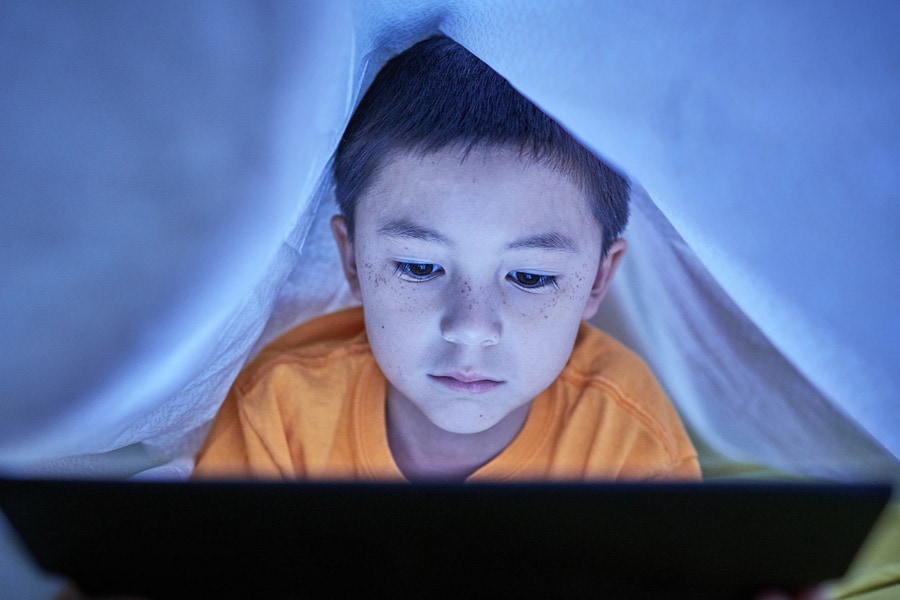
Draw a line between screen time and bedtime
Getting a good night’s rest helps recharge our bodies and minds. And screens can keep us from falling asleep by delaying our bodies’ release of melatonin (the hormone that helps us sleep). So it’s important to turn off all screens—TVs, phones, tablets, etc.—at least an hour before bedtime. By turning screens off before bed, kids will have more time to “wind down” with activities like reading, listening to music or journaling.
In addition to easing away from screens before bed, keep all screens out of your child’s bedroom. A beep, vibration or burst of light can break a sleep cycle. Removing devices from the bedroom also means kids can't text, call or play throughout the night.
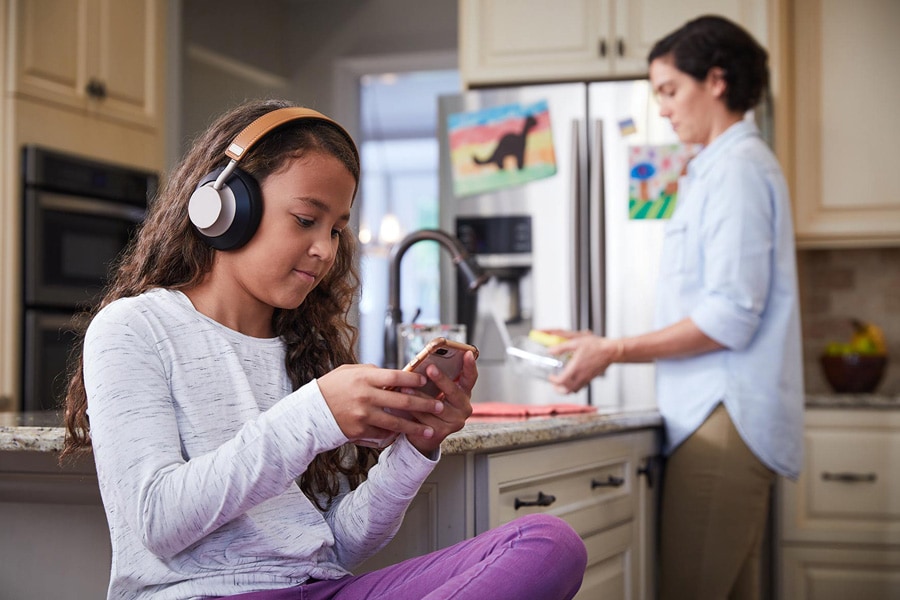
Make screen-free mealtimes a priority
Using screens to follow a recipe while cooking dinner as a family is totally OK. But watching TV, checking email or scrolling through social media during mealtime is distracting from quality time.
In fact, the distractions from screens during mealtimes could have multiple negative effects. Not only do these distractions take away from an opportunity to connect with family, but they can also lead to overeating. When we’re distracted, we’re not able to pay attention to our natural hunger and fullness cues.
Reduce screen time gradually
Building a new screen time habit won’t happen overnight. Any major change takes time and consistency. For better success with your family’s digital detox, try cutting back gradually.
Here are some ideas for gradually limiting screen time:
- Set a family screen time goal that everyone can work on together. Be specific about why you’re working toward this goal.
- Break down goals into smaller, achievable steps. Instead of trying to cut out screen time all at once, try reducing it by 30 minutes each week.
- Set boundaries everyone can follow. For example, screens like TVs and games can be distracting during online learning or homework time. So work toward keeping these screens off until after schoolwork is complete.
- Make it fun! Change is hard if we focus only on what we are giving up. Help your family notice all the things they will be able to do in place of screen time (e.g., more time to try new hobbies, be creative, connect with family and friends, be active, etc.).
- Set the same expectations for the whole family. Remember to model the screen time habits you want your kids to work toward.
If you’re worried that reducing screen time will result in your child complaining of boredom, just know it’s normal and to be expected at first. And remember it’s OK for kids to be bored every now and then. Letting our kids be bored can help them experiment with their individuality, spark new ideas and promote creativity.



